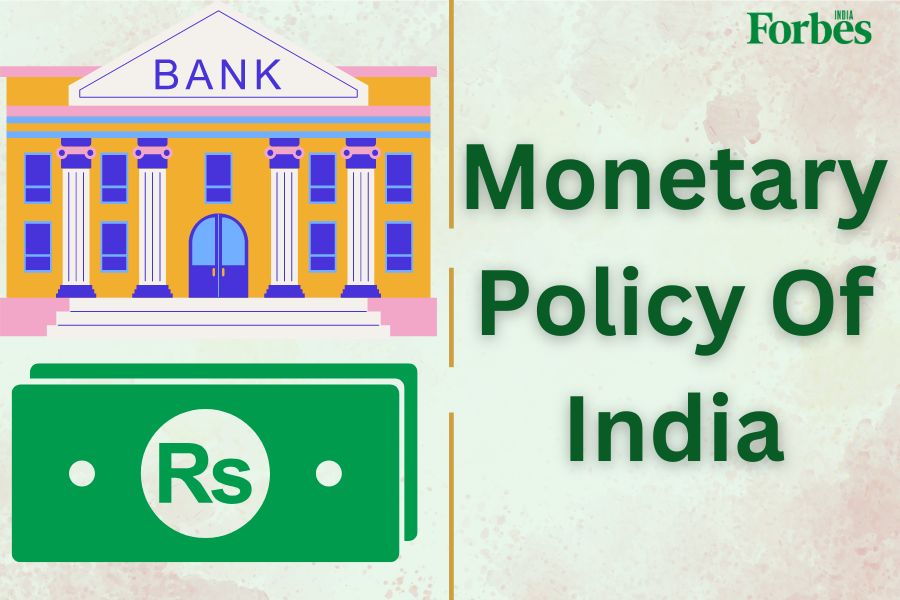
Monetary Policy Of India: From types, tools and composition, details you need to know
Learn all about India's monetary policy: types, latest updates, and the differences between monetary and fiscal policy

Monetary policy helps shape a country's economic landscape by influencing key factors such as inflation, economic growth, and employment.
Through tools like interest rate adjustments and money supply control, the Reserve Bank of India seeks to maintain price stability, ensuring that inflation remains at a sustainable level. Central banks also impact borrowing costs, consumer spending, and business investments by managing interest rates.
Effective monetary policy contributes to economic stability, fostering an environment conducive to sustainable growth.
Monetary policy updates
The bi-monthly monetary policy updates as of January 2024 are as follows:
- All six members of the RBI Monetary Policy Committee (MPC) unanimously decided to maintain the repo rate in India at 6.5 percent, marking the fourth consecutive meeting with no change.
- The MPC's last adjustment was in February 2023, when the repo rate in India was increased from 6.25 percent to 6.50 percent.
- The RBI retained the actual GDP growth forecast at 6.5 percent for FY24, and the inflation forecast remains at 5.4 percent for the same period, with factors like reduced vegetable prices and lower LPG rates expected to ease inflationary pressures.
- The RBI identifies high inflation as a significant risk to macroeconomic stability and sustainable growth. The RBI plans to undertake open market operations (OMO) through G-secs auctions to manage liquidity.
The next MPC meeting is scheduled for February 6-8, 2024.







